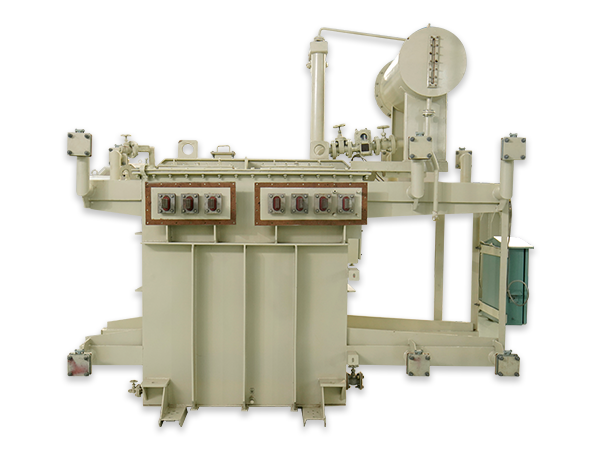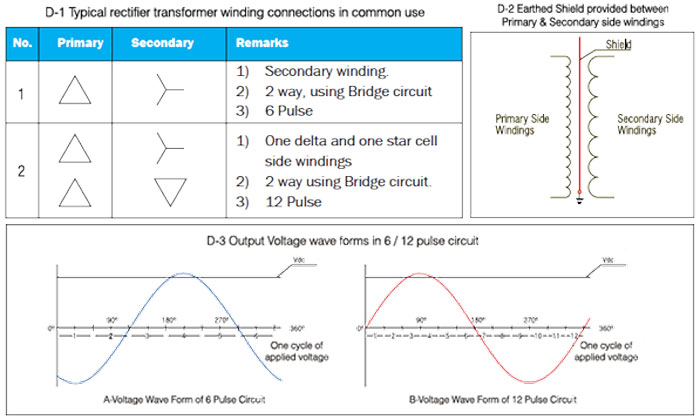Furnace Transformers are developed for melting of induction and heating of induction for ferrous and non-ferrous metal.
Induction Furnace has coil structured from heavy copper tubing. it is developed and turned to the inverter circuit which applies a medium frequency (generally 500 Hz or 1000 Hz) voltage to the induction coil. The magnetic field offered by the induction coil induces eddy currents in the charge and heats it. Medium frequency is necessities to enhance the rate of heat generation.
- Indoor/ Outdoor Pad Mounted
- On Load / Off Load Transformer




